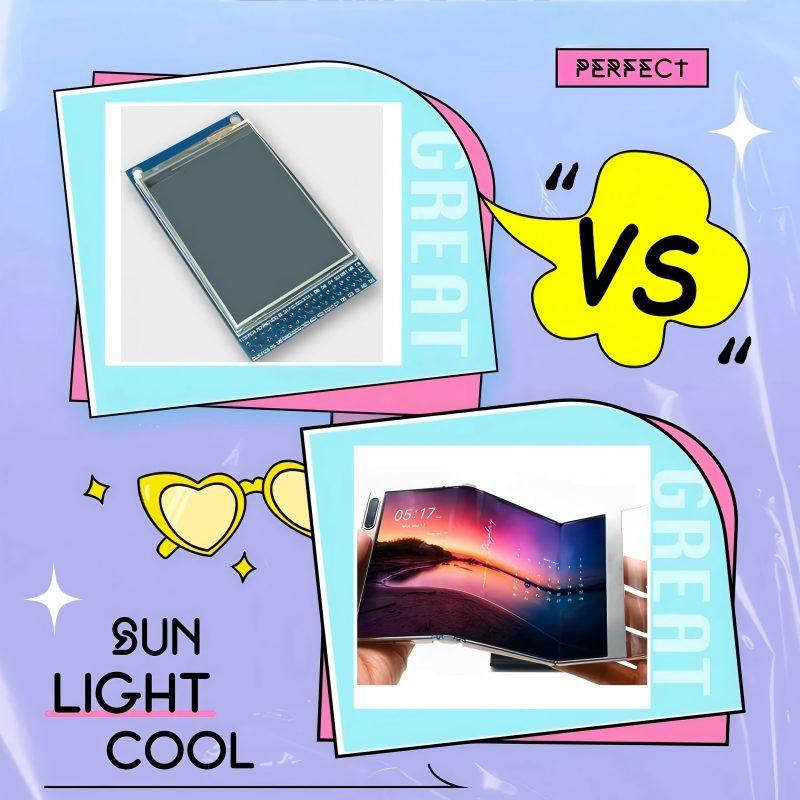Display Effect: A Technical Showdown of a Visual Feast OLED screens’ pixel-level light control capabilities deliver a revolutionary experience. When displaying black scenes, OLED pixels simply turn off their light, creating a deep, near-realistic black. This technological feature enables a contrast ratio exceeding 100,000:1, far exceeding LCD’s 1,000:1-3,000:1. In the five-dimensional space sequence from Netflix’s […]
Medical: The guardian of life with precise touch In modern medical equipment, capacitive touch screens have become the preferred interactive solution for monitors and ultrasound equipment with their high sensitivity and anti-pollution characteristics. Doctors can directly slide the screen to retrieve three-dimensional images during surgery, and complete lesion marking and data sharing with a light touch […]
Plafon tehnic: blocajul fundamental al duratei de viață a OLED-ului Esența OLED constă în materiale organice auto-luminoase, în special viteza de îmbătrânire a pixelilor albaștri putând ajunge de 3 ori mai mare decât cea a pixelilor roșii. Defectele naturale ale acestui material organic sunt cauza principală a problemei duratei de viață – atunci când viteza de îmbătrânire a sub-pixelilor diferiți […]
1. TFT LCD screen: a precise canvas of pixel matrix As the “visual cortex” of the module, the TFT LCD screen accurately controls the light on and off of each sub-millimeter pixel through a thin-film transistor array. Its advantages are: High contrast: up to 1500:1 (such as high-end mobile phone screens), making black deeper and […]
Today, when digital interaction is ubiquitous, fingertip touch has become the most natural bridge connecting people and machines. The core supporting this magic is the unique absolute coordinate system of the touch screen: each touch independently generates precise coordinate data, which is directly mapped to the screen position after calibration. This system ensures the high […]
1. Technological evolution and diversified development Touch screen technology has formed a pattern of coexistence of multiple technical routes. Resistive screen, as an early representative, achieves positioning through physical contact between two conductive layers. Its advantage is that it is compatible with any object touch, from fingers to gloves and even pen tips, and it is low-cost. […]
1. Electroluminescence: the Quantum Dance of Energy Conversion The luminous essence of OLED is the quantum process by which electrical energy is directly converted into light energy.When an electric current passes through the organic light-emitting layer, electrons and holes are combined under the drive of an electric field, and the released energy excites the organic […]
1. Precise helmsman of pixels: realizing active matrix control The core role of TFT is to equip each pixel with an independent “electronic switch”. Imagine millions of pixels on a mobile phone screen: traditional passive matrix LCDs have difficulty in independently and accurately controlling each pixel, resulting in slow response and high crosstalk. TFT is […]
1.Piatra de temelie structurală: dansul de precizie "sandwich" și găuri de electron Esența OLED este un dispozitiv semiconductor organic realizat din filme funcționale multistrat stivuite cu precizie: Substrat: Ca "fundație" a suportului fizic, se utilizează de obicei poliimidă flexibilă (PI) sau sticlă rigidă. Anod (cum ar fi oxidul de indiu și staniu ITO): un conductor transparent care injectează găuri (pozitive [...]
1. Natura bazată pe tehnologie: diferența dintre pasiv și activ LCD-urile tradiționale (care se referă adesea la ecrane cu matrice pasivă, cum ar fi TN/VA) se bazează pe o tensiune externă pentru a acționa lent întregul rând/coloana de pixeli. TFT-LCD integrează tranzistoare cu film micro-subțire ca comutatoare independente la fiecare pixel pentru a realiza un control precis și rapid al încărcării. Institutul Național de Standarde [...]

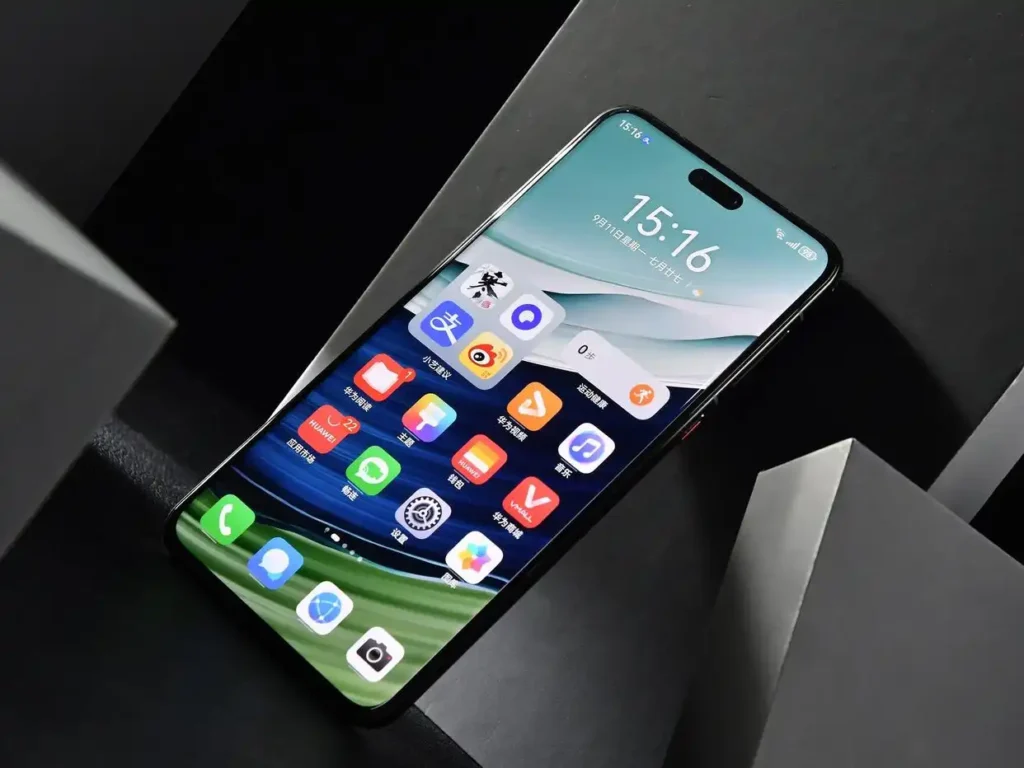


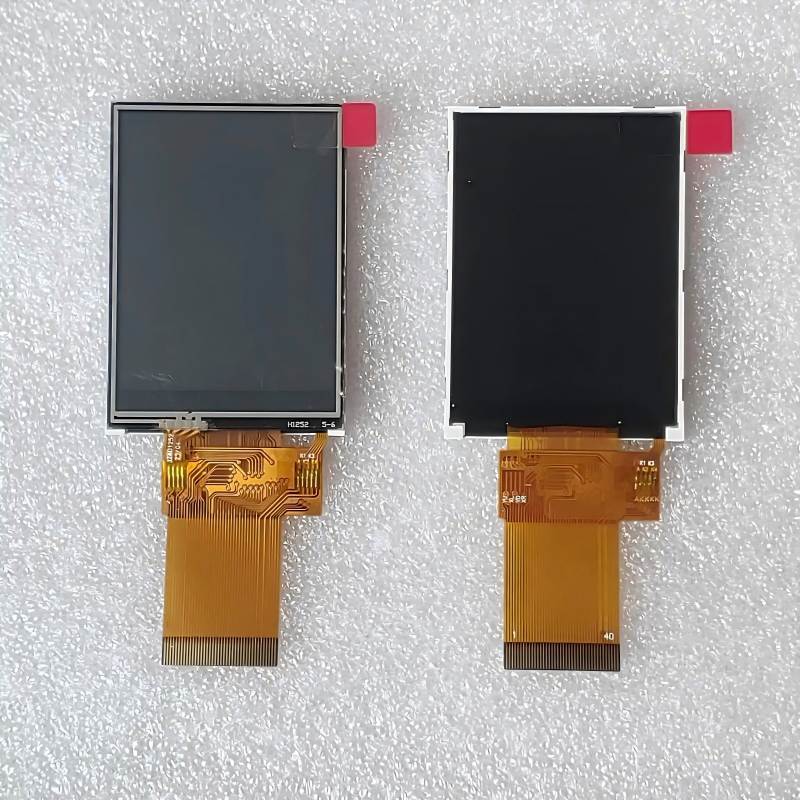


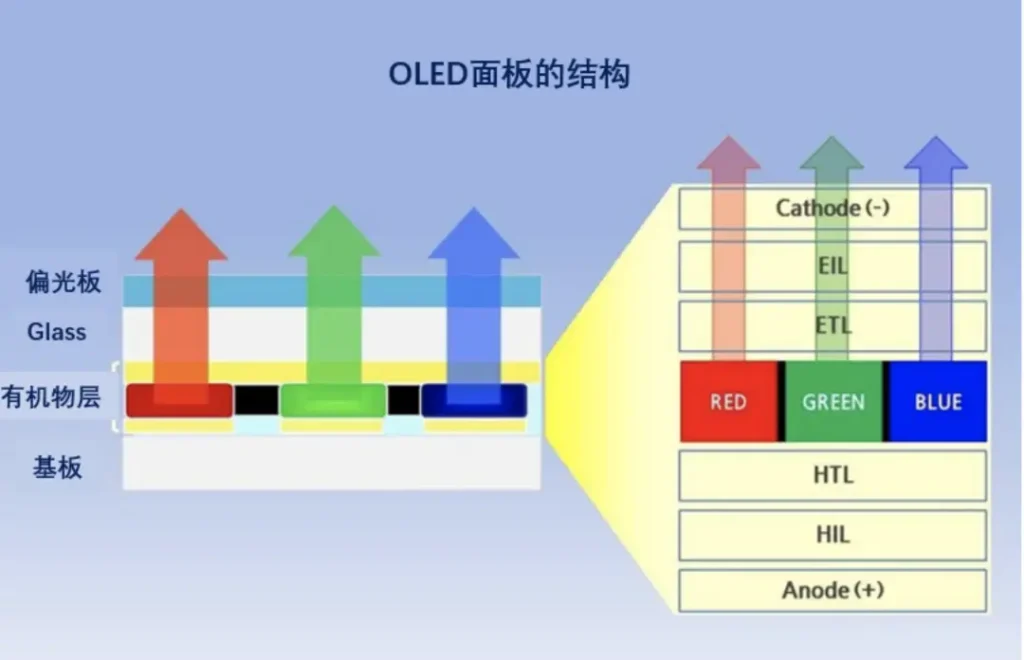
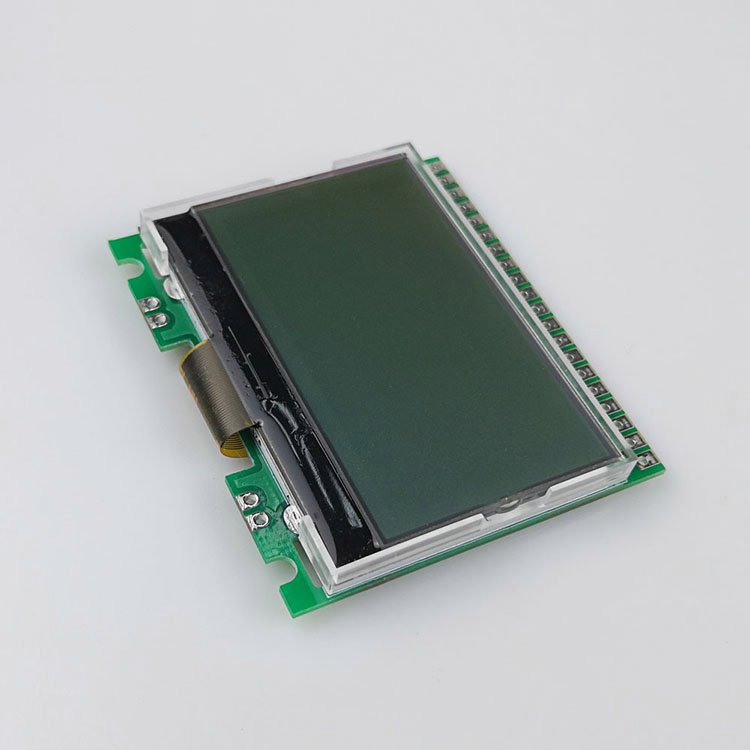
-1024x576.jpg)
